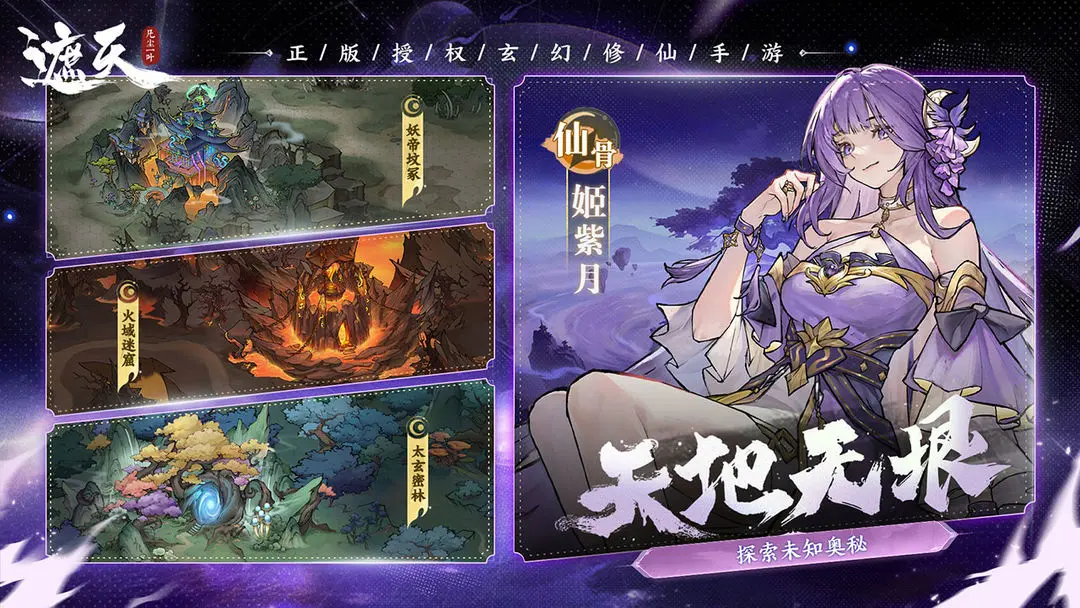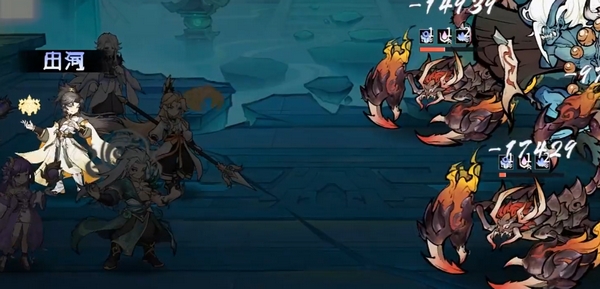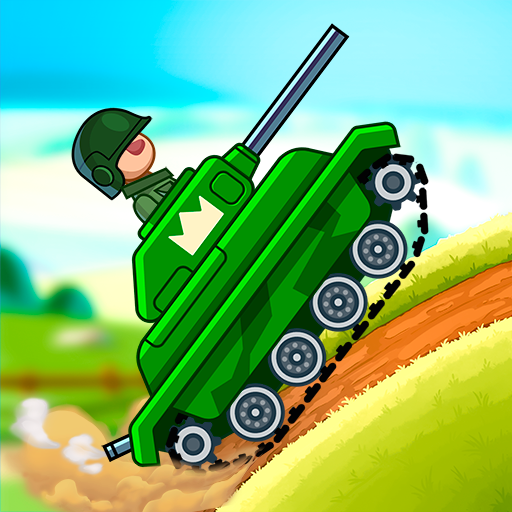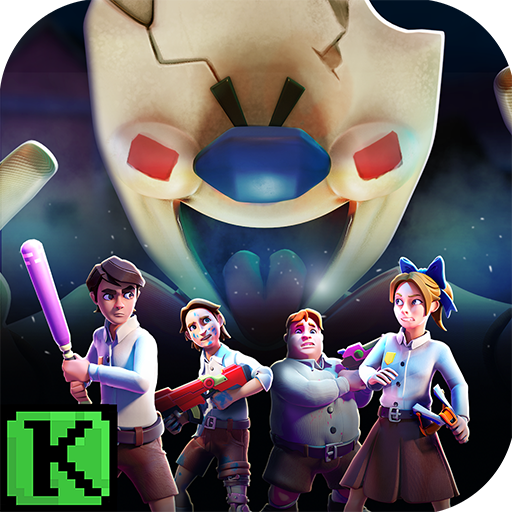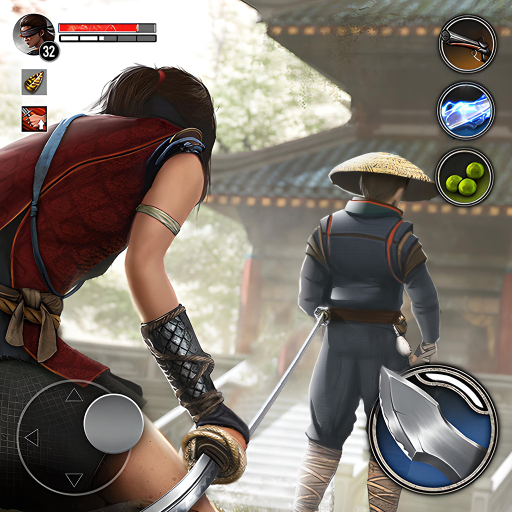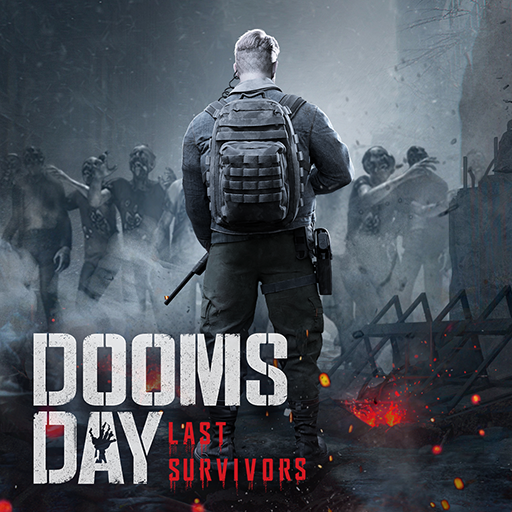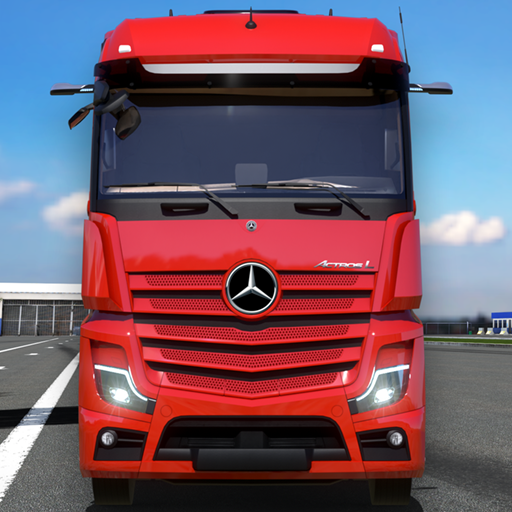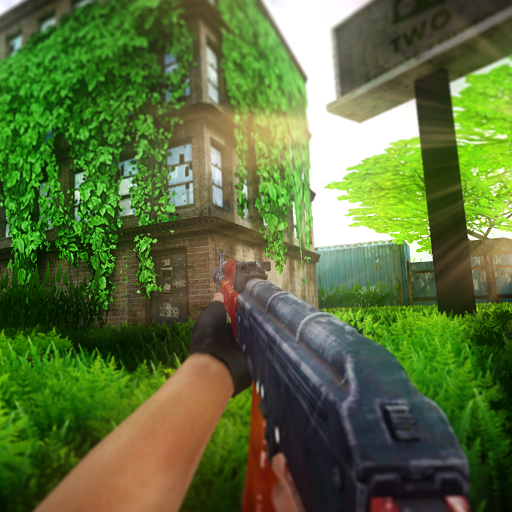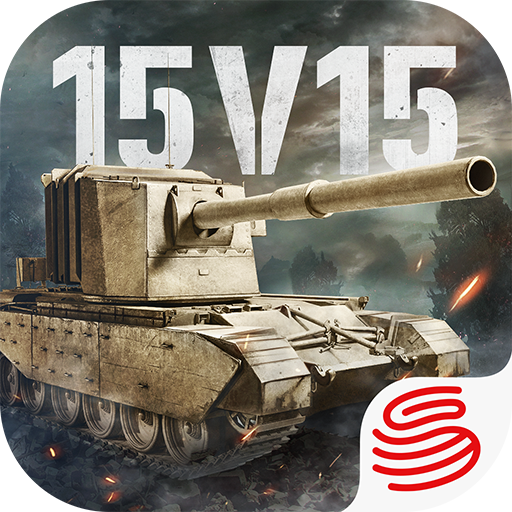The editor brings you a guide to the Gundam Steel Poem Simulation Battle gameplay today, Simulation Battle is an extremely challenging and strategic PvP gameplay that not only tests the player's control over the units but also requires a reasonable lineup combination and battle strategy. From the ingenious pairing of the lineup to resource planning during battles, every step cannot be overlooked. This guide will illuminate the path forward for everyone, delving into the mysteries of the Simulation Battle gameplay.
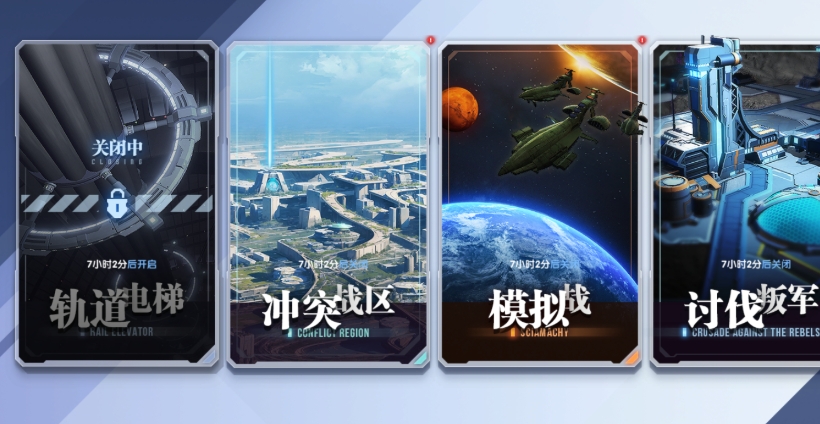
Simulation Battle requires players to save a separate lineup, with the main storyline lineup being used by default when entering for the first time. The opponents in this mode are all other players, divided into three difficulty levels: normal, hard, and nightmare. Each difficulty level has 15 stages. Players can only choose one difficulty to challenge per day, and once selected, it cannot be changed on the same day. Successfully passing each stage rewards the player, and a treasure box appears every 3 stages, which can be opened after clearing the preceding stages, allowing the player to collect the reward and continue the challenge. The large treasure box after stage 15 contains even richer rewards. It's worth noting that there are combat power thresholds for each difficulty. There is no combat power requirement for the normal difficulty, while the hard difficulty requires a combat power of 3,000,000 and completion of the normal difficulty. The nightmare difficulty requires a combat power of 9,000,000 and completion of the hard difficulty.
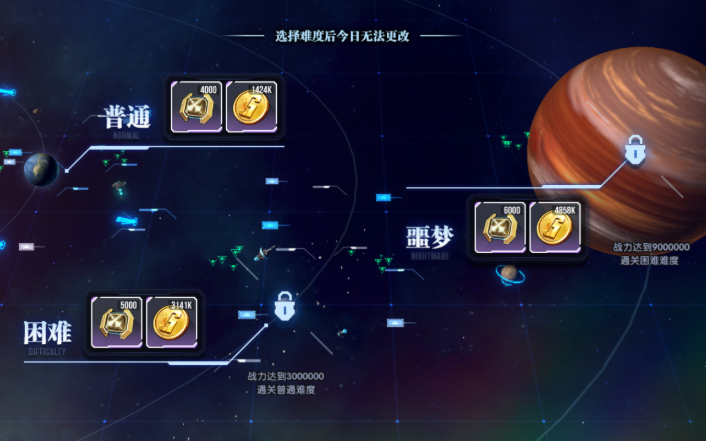
At the daily reset time, the difficulty, challenge progress, and treasure box status will be reset. At midnight, all stages will be reset, meaning players have a new challenge opportunity every day. They can plan their challenge strategy based on their strength and the previous day's experience. If a player clears more than 10 stages in a certain difficulty, the system will automatically sweep some stages upon re-entering that difficulty. The number of swept stages is the number of recently cleared stages minus 10. This mechanism helps players save time and quickly advance to higher difficulty stages, earning more rewards. After each battle, the durability and energy of the player's units carry over to the next battle, requiring players to plan the order of unit usage and skill release timing reasonably, avoiding excessive damage to units early on and ensuring sufficient combat power for subsequent stages.
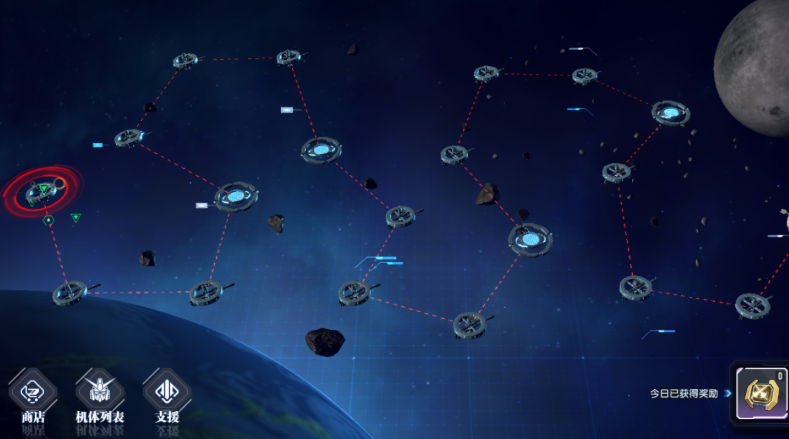
Players have 3 opportunities per day to use support units. It is recommended to use support units in the last few stages, as your own units may have decreased in strength due to battle wear and tear. Support units can fill the gap and enhance team combat power. When choosing support units, prioritize those that match your team. If your team lacks healing, choose a healing-type support unit; if output is insufficient, choose a high-output support unit. In earlier, lower-difficulty stages, players can switch different units for battle, allowing each unit to accumulate full energy. This way, when the difficulty increases in later stages, they can quickly release skills and gain a combat advantage. When adjusting the lineup, always pay attention to the lineup bonus effects. Different unit combinations produce different bonuses. Reasonably pairing units to ensure that the main units enjoy the best lineup bonuses can effectively enhance the overall team strength.

The editor has finished introducing the Gundam Steel Poem Simulation Battle gameplay guide, by understanding the Simulation Battle gameplay mechanics, reasonably assembling a lineup that includes healing, fighting, and output units, cleverly utilizing support units, and mastering techniques such as accumulating energy in early stages and adjusting strategies based on the enemy lineup, players can gain the ability to defeat enemies in battle.
